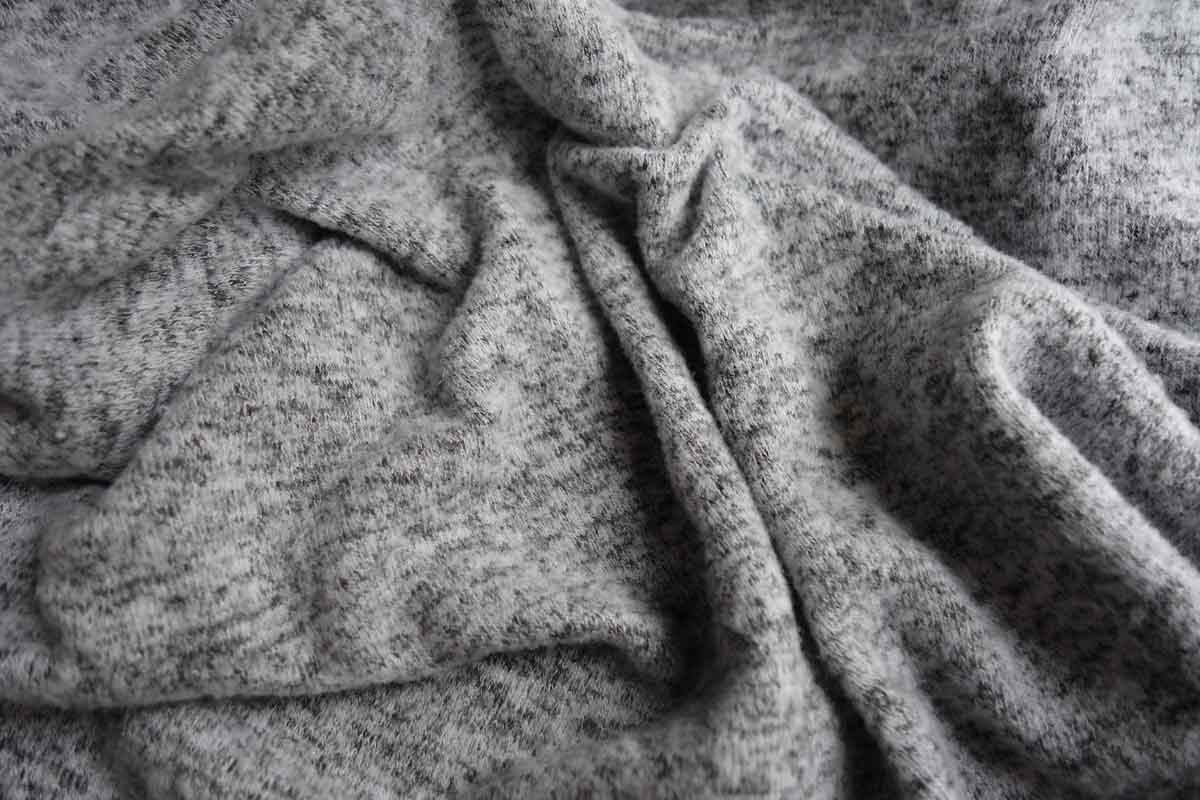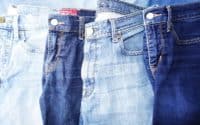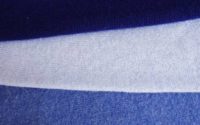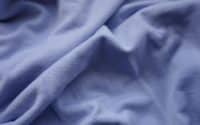What Is Rayon? What You Need to Know When Buying Clothes

What is Rayon?
Rayon is one of the softest fabrics used in a huge range of comfortable clothing and household items. Not only is rayon popular because of the soft feel, but it is also breathable, versatile, moisture-absorbent, and quick drying. Since rayon was created to feel and look like silk, it can feel light and luxuriously soft against the skin, making a great fabric for pajamas, loungewear, and activewear. Most of the time, rayon has a soft, smooth feel, but it can also take on characteristics of wool and very soft cotton.
The term rayon actually refers to several different silky soft fabrics used in popular styles like modal, viscose, and lyocell. Rayon is a little bit tricky to define because it is a man-made fiber that comes from natural material. Unlike cotton that is natural or polyester that is man-made, rayon is derived from cellulose from wood pulp (usually pine, spruce, or hemlock trees) or bamboo. To turn the wood pulp into yarn, the pulp must go through an intensive chemical process. So while the source is natural, the subsequent processing is not, so it is often referred to as semi-synthetic.
Types of Rayon
Viscose, modal, micro modal, lyocell, and bamboo viscose are all sometimes used interchangeably with the term rayon, but each of the different types has slight differences.
Viscose- Viscose is the most common type of rayon, so common that it is sometimes called regular rayon. This is the material you will find in a lot of sleepwear and athletic wear since it is super soft, breathable, and sweat-wicking.
Modal– Modal is a subcategory of rayon typically used in loungewear, underwear, activewear, and sleepwear. Modal is made from beechwood grown on nonarable land rather than the regular wood pulp of most rayon. Beech trees can grow in a wide range of soil types, so modal is generally considered a sustainable option.
Micromodal– Micromodal is modal that has finer fiber. The finer fibers are smaller, so when textiles are made out of them, more thread is used. This means that the fibers can be made into a tighter weave, so it is a great fabric for underwear where you want them to be very soft and breathable but also have some support and elasticity.
Lyocell– Lyocell is a more environmentally friendly rayon made from wood pulp from trees grown in sustainably-harvested forests. The wood pulp is also processed in a closed-loop chemical system that has a low environmental impact. It is normally sold under the brand name Tencel®.
Bamboo Viscose– Confusingly bamboo viscose is basically just regular rayon. Viscose and rayon are essentially the same thing, but ‘rayon‘ is more widely used in North America, while ‘viscose‘ is the term used in Europe.
It gets trickier because the bamboo itself grows like crazy, doesn’t need fertilizers, pesticides, irrigation, and doesn’t to be replanted, so it is considered very sustainable. Because of this, it is often marketed for its environmental benefits. However, getting the natural bamboo material to the bamboo rayon or bamboo viscose can require chemical treatments and processing that can damage the environment and create unsafe working conditions.
Is Rayon Environmentally Friendly?
If you are concerned about the environmental impact of clothes you buy, you will need to pay attention to where your rayon is coming from. Rayon’s manufacturing process can potentially be harmful to the environment. While rayon’s raw materials can be either sustainable bamboo or wood cellulose, it must go through a series of chemical processes to become rayon. Depending on how it is done, it can be pretty terrible for both workers and the environment.
Most rayon is created using either sodium hydroxide or carbon disulfide combined with a wood pulp pumped through a pipe, then a screen ending up in a vat of sulfuric acid. The resulting material can be formed into a thread that is woven to create rayon.
Many brands are touting their modal, lyocell, or bamboo viscose as being sustainable and good for the environment, but you will need to confirm that it is processed using organic chemicals covered under the Oeko-Tex Standard 100 certification and are 100% recyclable. You also want to check to see if the rayon is being processed in a ‘closed-loop’ system where all chemicals used are recycled and reused.
How to Clean and Care for Rayon Clothes
When washing rayon, you should always check label directions for laundering as rayon usually requires careful handling because it usually isn’t the most durable fabric, and there is a risk of shrinkage.
- Comfy Airport Outfit Looks for Women - October 12, 2021
- The Best Comfortable and Beautiful Silk Dresses Available - October 9, 2021
- Review of Old Navy’s EveryWear V-Neck for Women - June 5, 2021



